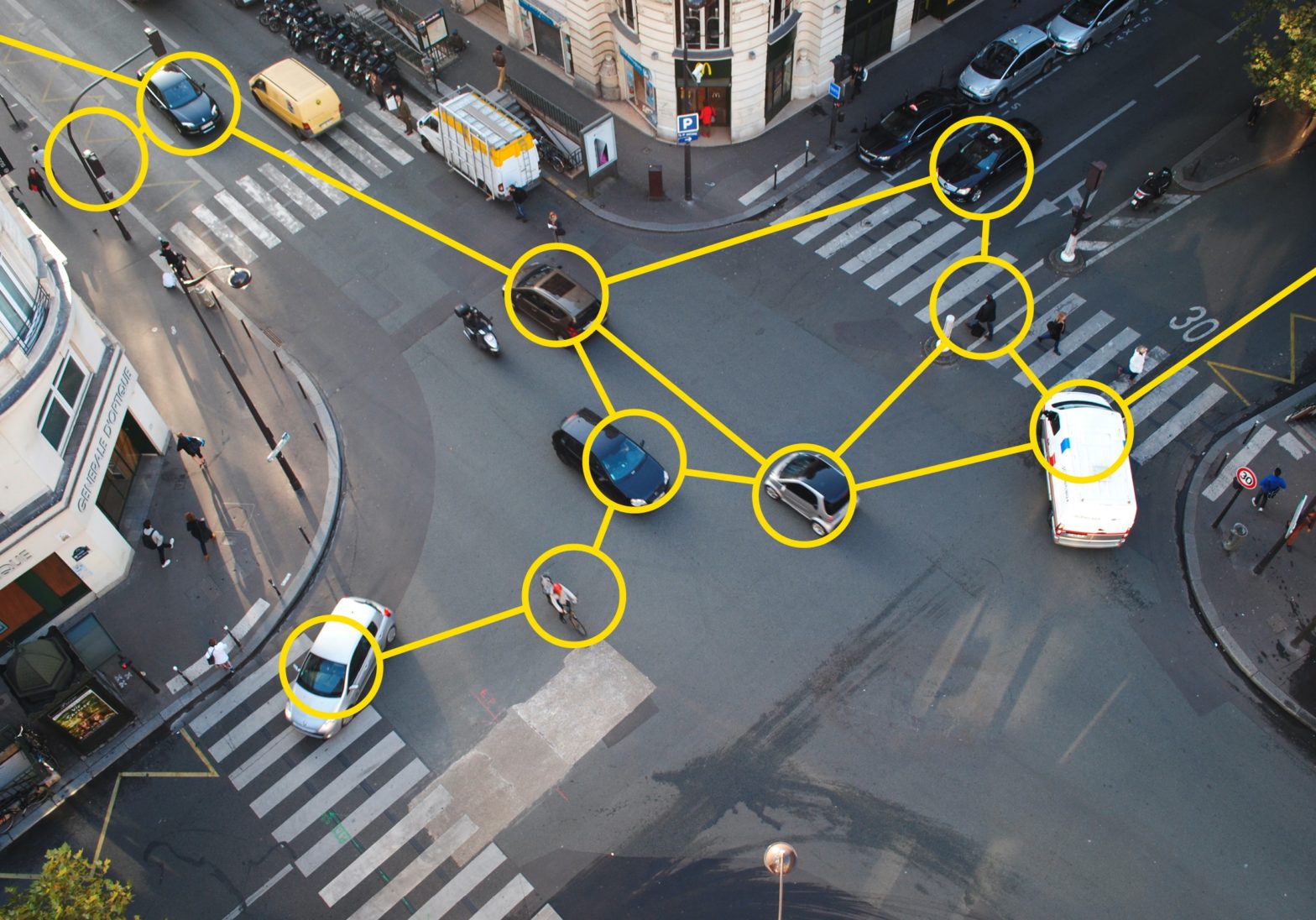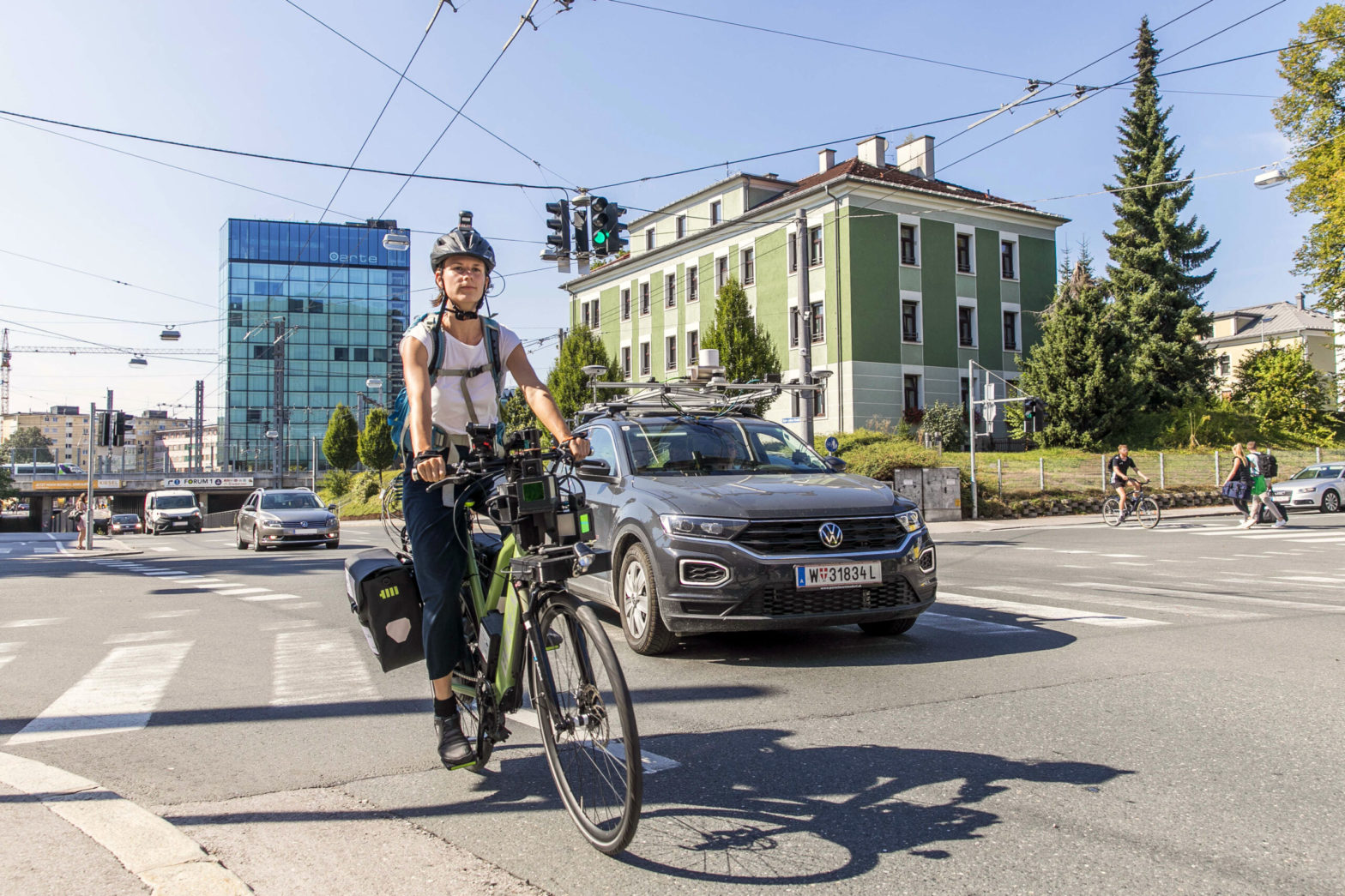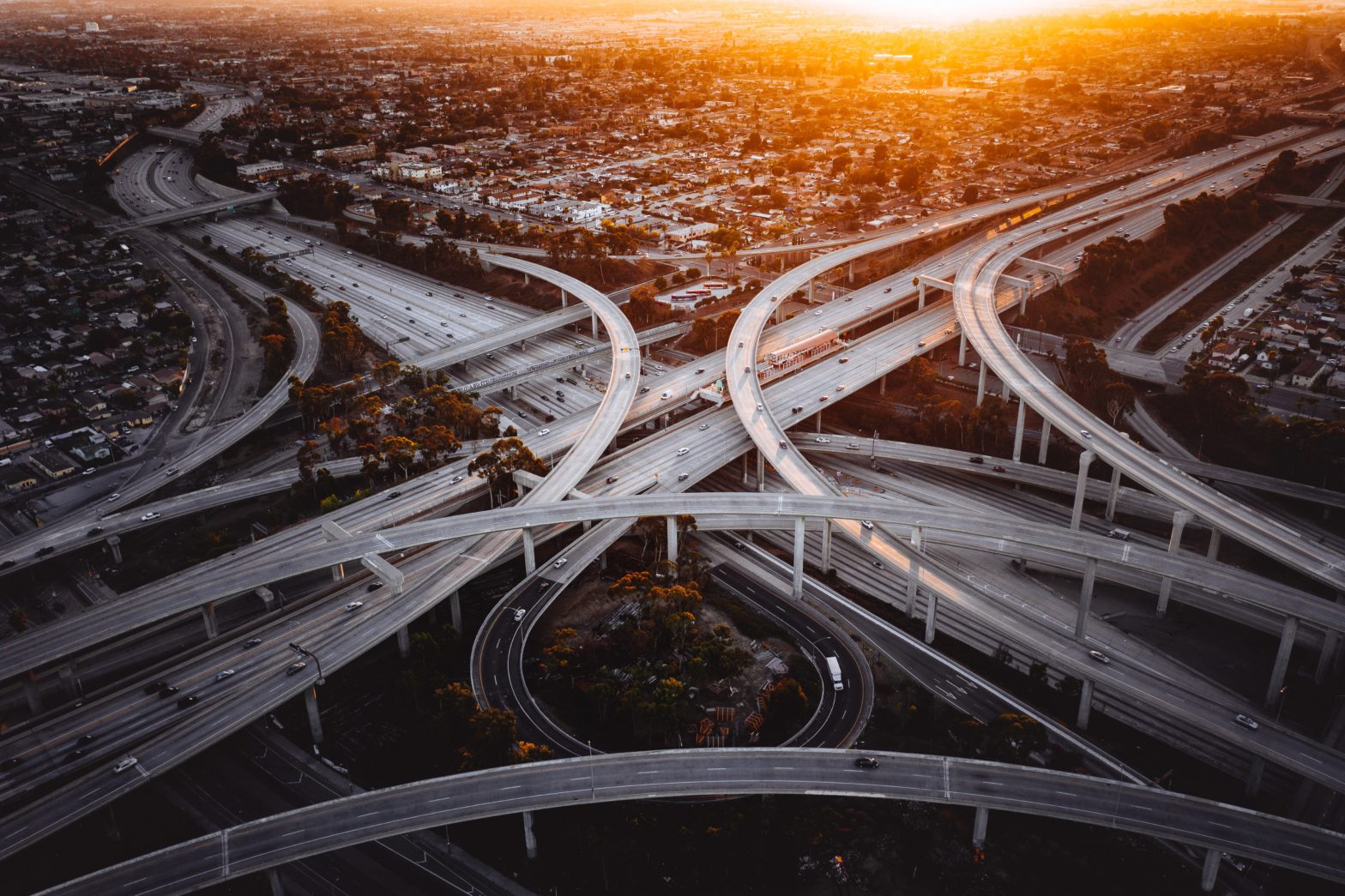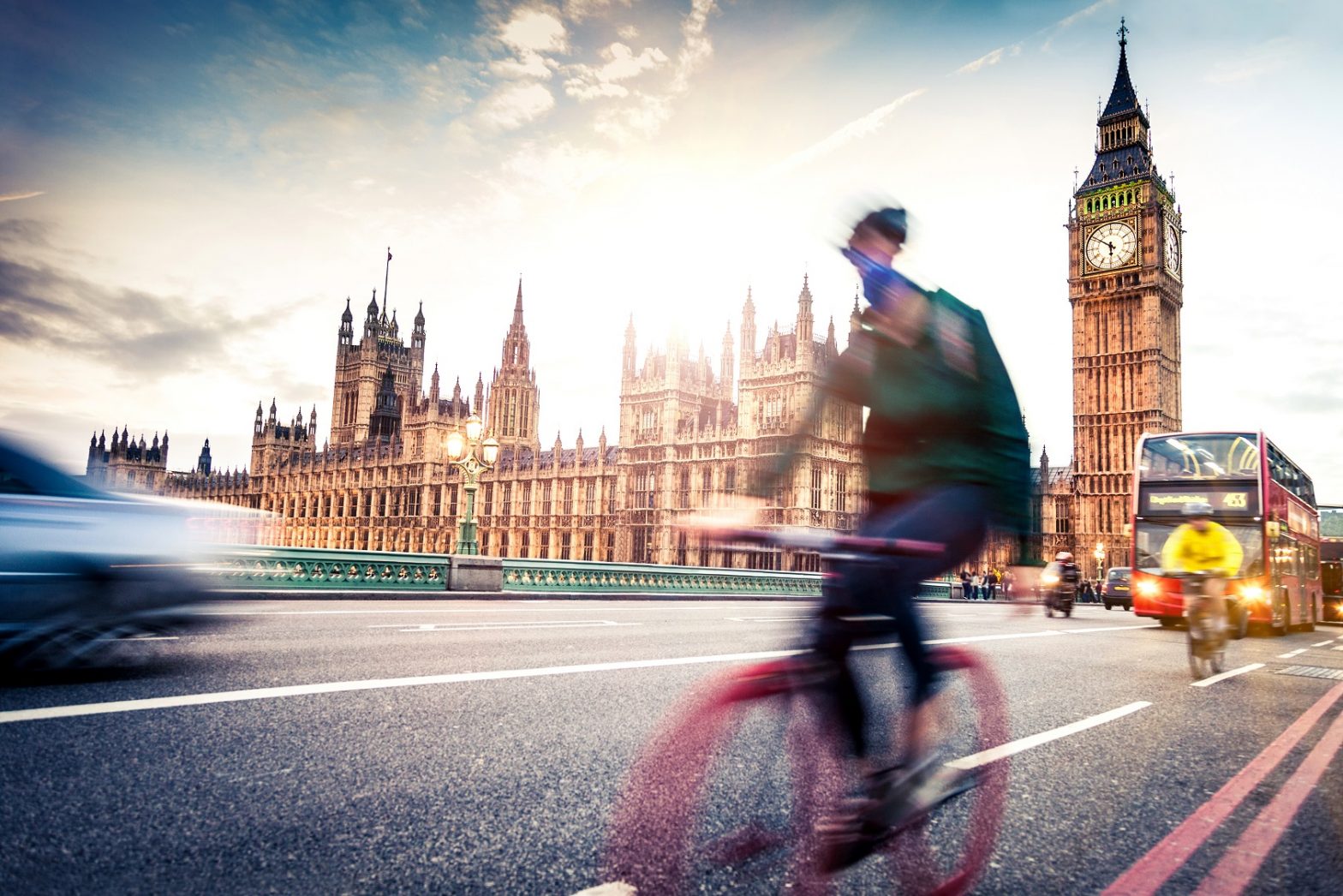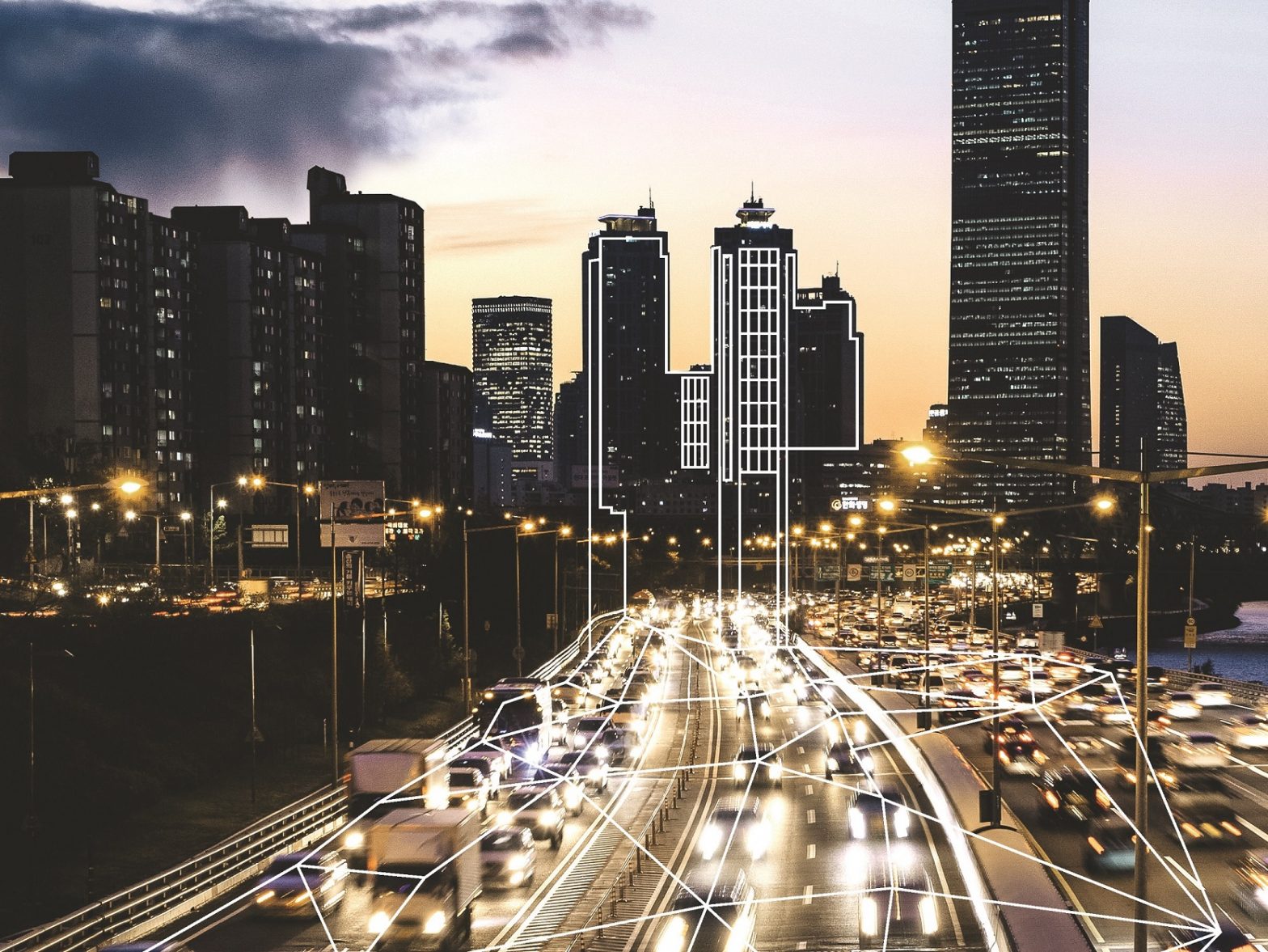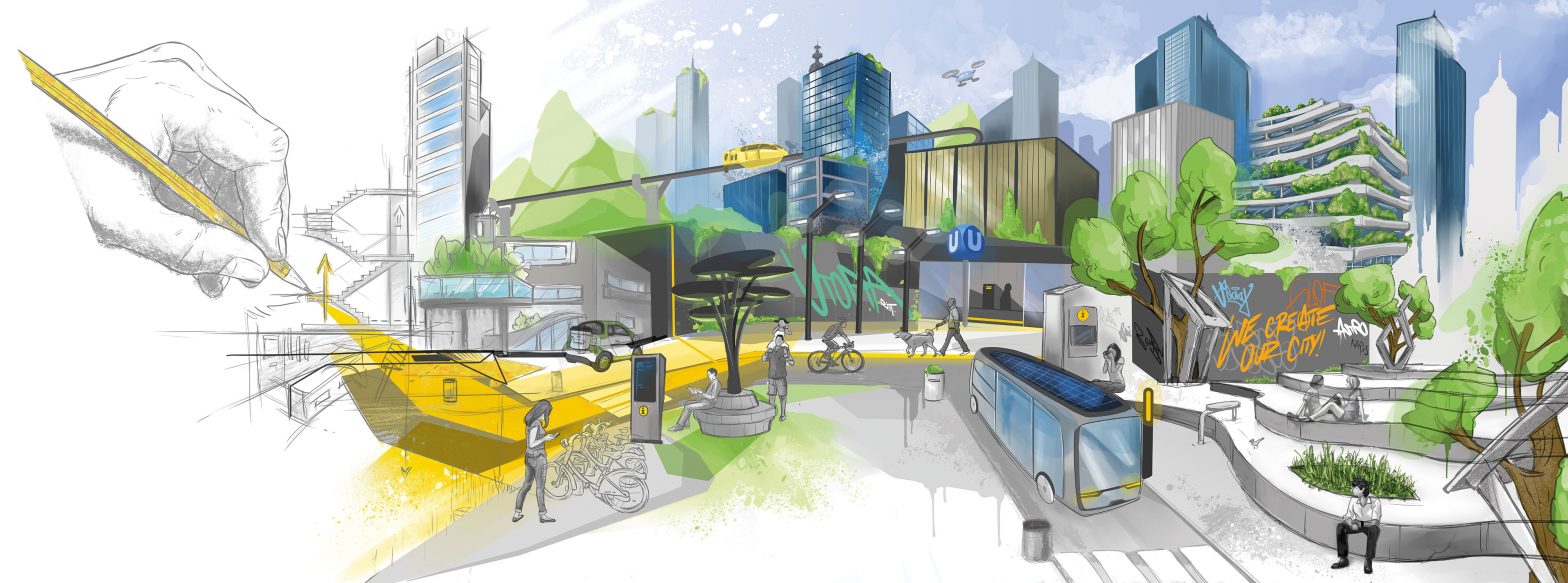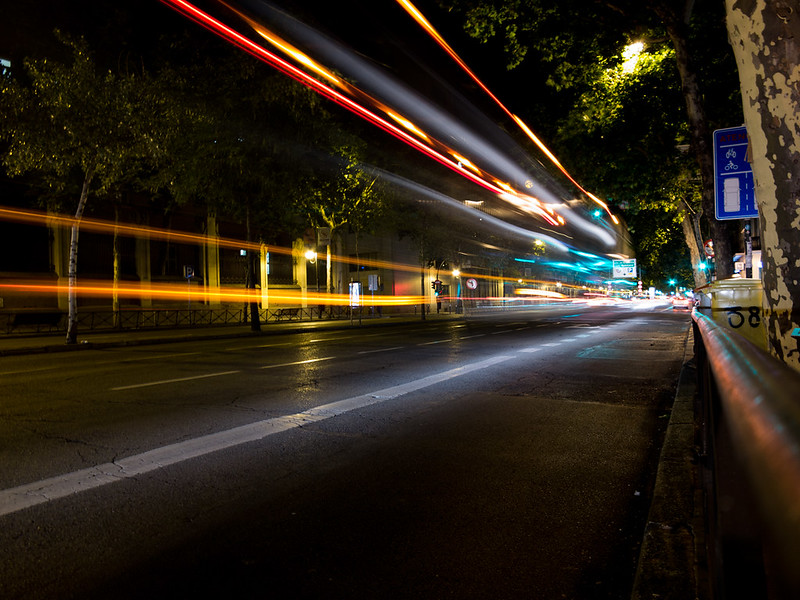
Photo: David Hodges (Flickr)
The importance of data in Europe’s urban mobility ecosystem
10 November 2022
Following participation in the recent Cities Today Institute City Leadership Forum in Madrid, Juan Marin, Kapsch’s Business Development Director for Spain and Portugal, talks about the importance of integrating and expanding data in Europe’s urban mobility ecosystem.
What are the biggest challenges facing today’s cities in terms of mobility?

In addition to the traditional problems of congestion and traffic flow typical of urban environments, there is a growing need for more sustainable modes of transport that reduce gas emissions, and which are giving rise to the emergence of new modes of both urban and interurban mobility (pedestrian, bicycle, car sharing, on-demand transport, electric scooters, etc.), which are demanding their place in the common space.
Thus, in addition to the challenge of ensuring that citizens reach their destinations safely and efficiently every day, there is the challenge of managing the coexistence of new means of transportation and being prepared to provide a solution in anticipation of present and future trends. This requires the ability to manage and transform into useful information the vast amount of data coming from the different sources of the transport system that can connect and ‘talk’ to each other: pedestrians, cyclists, drivers, traffic cameras, sensors placed on buses and trains, or environmental sensors that record pollution and noise.
Mobility management thus requires the availability of data sources and the necessary tools to work with this Big Data, analyse the information and establish predictive behavioural models that enable proactive decision making.
What role do mobility data hubs play?
Mobility data hubs are secure platforms where government organisations and technology and transportation companies can access their data and share information about travel patterns, incidents or critical data – much of it in real time, such as traffic light cycles at intersections, making reliability and availability critical.
The availability of datasets, their combination and pooling can help to plan and find innovative solutions that result in faster trips, with better connections and fewer emissions, among many other possibilities. This can also make online information available on urban routes, with information on restricted access, parking lots, or traffic light status to, for example, adapt speed and eliminate waits and delays at intersections.
Sharing data that helps create a safe and legal mobility ecosystem requires a regulatory framework. How is this articulated in Europe?
We cannot forget that among the many data that feed mobility ecosystems – quantitative data from public and private transport providers, mobile network operators and navigation data, as well as qualitative databases and historical longitudinal data – there are also sensitive data that require a legal framework to be shared.
Thus, in November 2020, the proposal for a Regulation on European Data Governance was published, with the aim that Member States define the structures and processes needed to implement interoperable data spaces, with the help of NextGenEU funds. Subsequently, in March 2022, the European Commission, through the Data Act, has proposed new rules on who can use and access data generated in the EU across all economic sectors, with the aim of stimulating a competitive data market and making it more accessible to all. To this must be added the Commission Delegated Regulation of February 2022, which set out specifications to ensure the accessibility, sharing, reuse and updating of road and traffic data by road infrastructure authorities, operators and service providers.
It is a fact that data-sharing is becoming increasingly important and challenging for all sectors. As far as mobility is concerned, it has proved to be essential for the defence of citizens’ interests and quality of life, to make their journeys safer, more efficient and more sustainable.
Image: David Hodges (Flickr)



